Starknet zkRoll-up Layer 2 for Ethereum Explained Simply
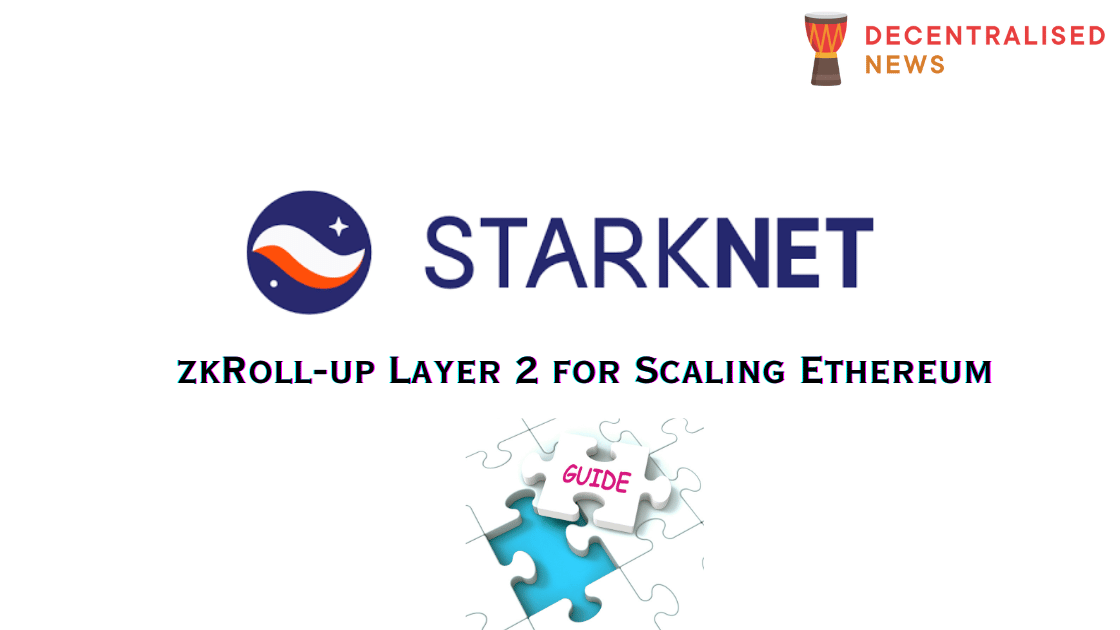
Starknet is a Layer 2 Validity Rollup that offers high throughput, reduced gas fees, and maintains the security level of Ethereum Layer 1. As a permissionless decentralized Validity Rollup (also referred to as a “ZK-Rollup”), Starknet functions as an L2 network on top of Ethereum, allowing any dApp to attain unlimited computational scale without sacrificing Ethereum’s composability and security. This is achieved through Starknet’s use of the most secure and scalable cryptographic proof system – STARK.
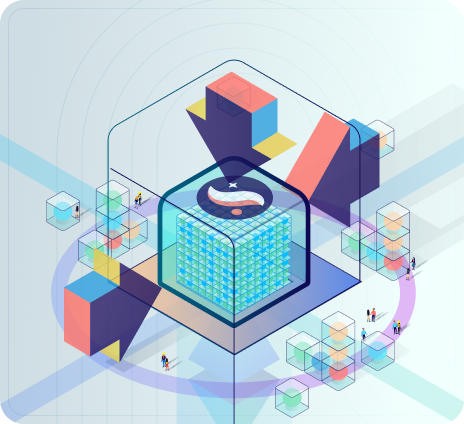
Starknet Contracts and the Starknet OS utilize the Cairo language, which enables the deployment and scaling of various use cases, regardless of the business logic.
Consider a sudoku puzzle: verifying a solution is simpler than figuring it out from the beginning. If they want to persuade others that “this puzzle has been solved,” they can conserve computational resources by having one individual calculate a solution and then disseminate it for others to check. In this approach, each solution computation becomes a one-time event that society does not need to duplicate. Similarly, Starknet enhances Ethereum by substituting resource-intensive L1 computation with more efficient (and therefore less expensive) L1 verification using off-chain STARK proofs.
How Starknet zkRoll-ups Work
Keeping the previous analogy in mind, it’s time for some terminology. Starknet is a permissionless Validity Rollup (also known as a “ZK-Rollup”) that supports general computation and currently operates as an L2 network over Ethereum in production.

Source: Matter Labs
Starknet’s ultimate L1 security is guaranteed through its employment of the most secure and scalable cryptographic proof system – STARK.
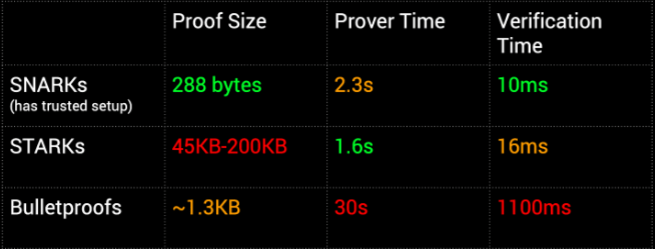
Source: Beanstalk
Primarily, Starknet contracts are written in the Cairo language, which is a Turing-complete programming language specifically designed for STARK proofs.
How to get the Starknet Airdrop
StarkWare announced the launch of the native ERC-20 StarkNet Token on July 13th, 2022. According to a Medium post, The StarkNet token is required for operating the ecosystem, maintaining and securing it, deciding on its values and strategic goals, and directing its evolution. The token will be required for (i) governance, (ii) payment of transaction fees on StarkNet, and (iii) participation in StarkNet’s consensus mechanism.
To use Starknet testnet, download a compatible wallet e.g. Argent.

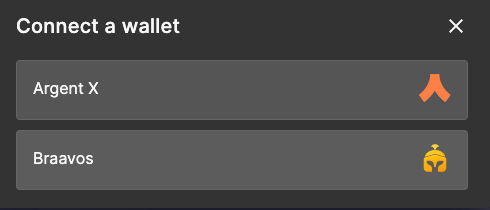
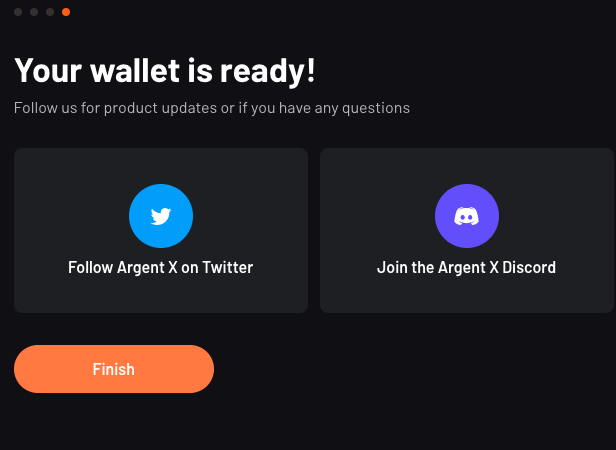
Setting up the wallet is simple and straightforward.
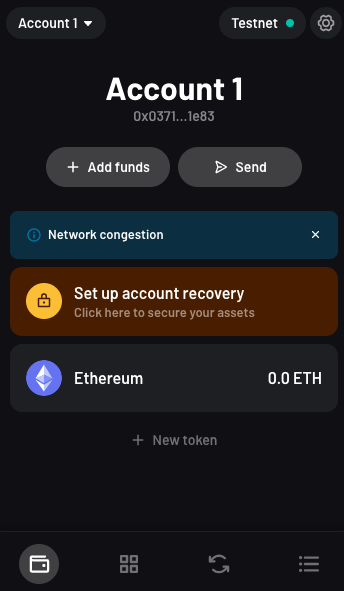
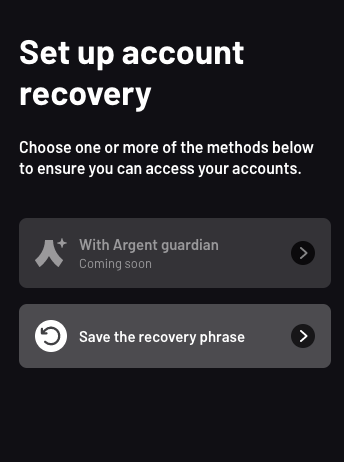
Go through the normal steps of getting your wallet set up. Make sure you save your recovery phrase somewhere safe.
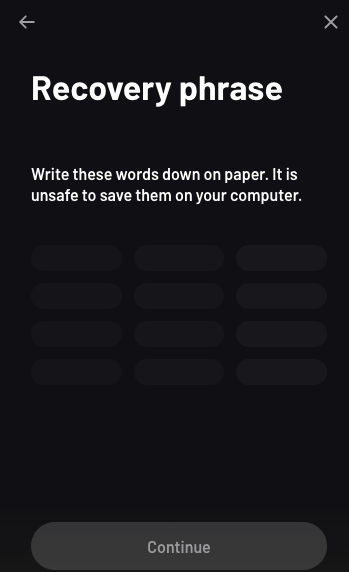
Once your wallet is set up, you can choose how you want to fund the wallet. The option to fund your account with a card or bank transfer is only available on the mainnet and not the testnet. 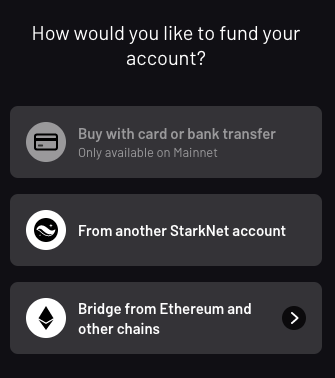
However, if using the testnet, you can fund the wallet from another Starkness wallet or you can simply bridge assets from another network e.g. Ethereum mainnet to Starknet.
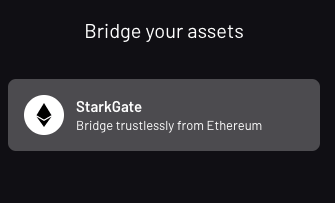
If you want to get some test token from Ethereum Goerli, you can use Alchemy. Go to https://starkgate.starknet.io/ and choose the testnet or mainnet.
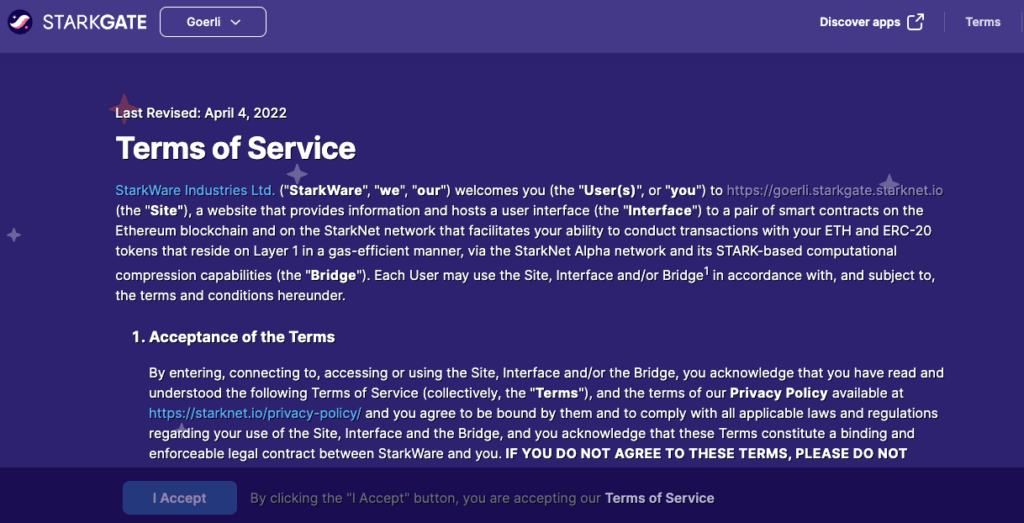
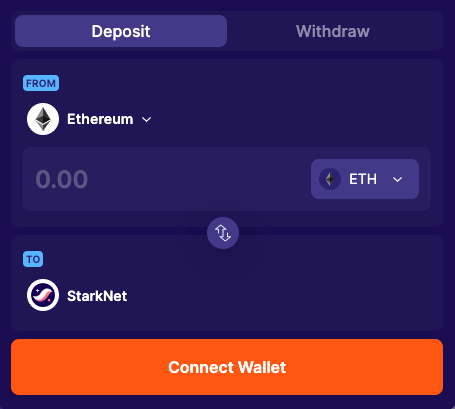
Connect your wallet e.g. MetaMask.
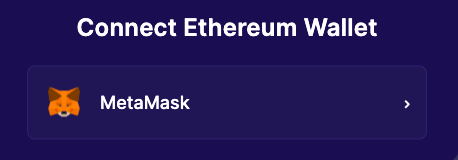
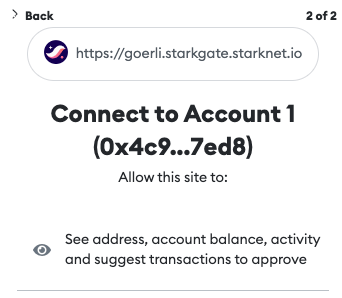
You can get some Ethereum Goerli Faucet testnet tokens.

You can check if the transaction went through on Etherscan.
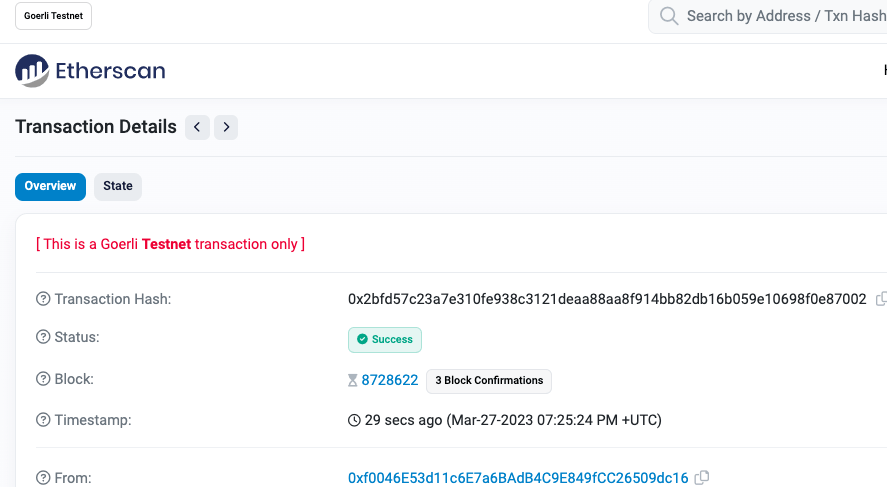
Connect your StarkNet wallet to bridge assets.
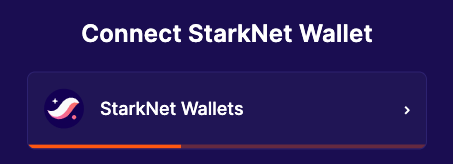
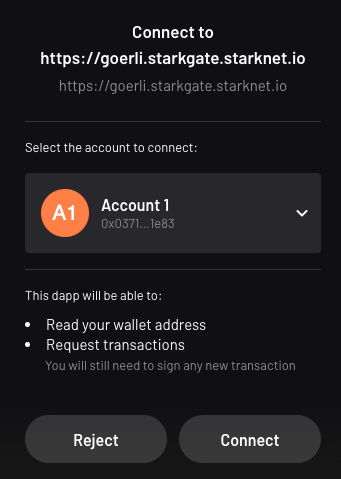
You can bridge the Ethereum testnet tokens from Ethereum to Starknet.
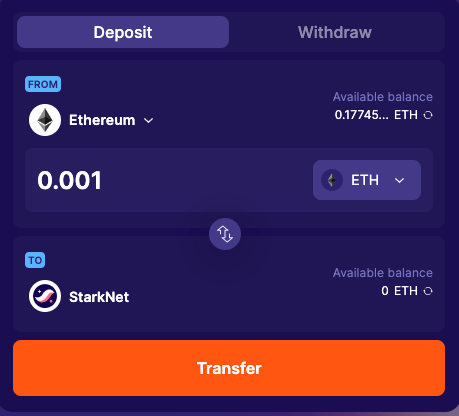



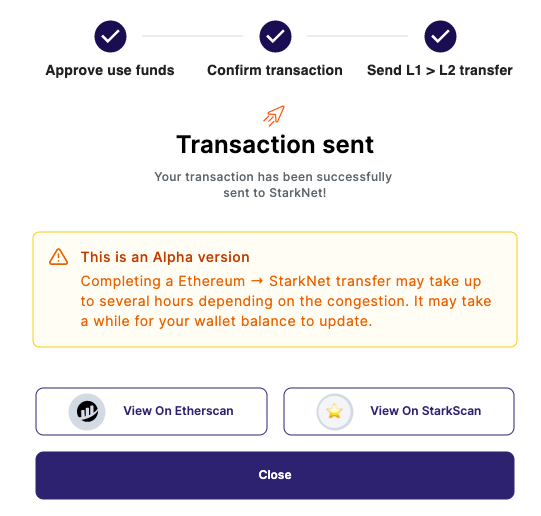
You can verify the transactions on both Etherscan and Starkscan.
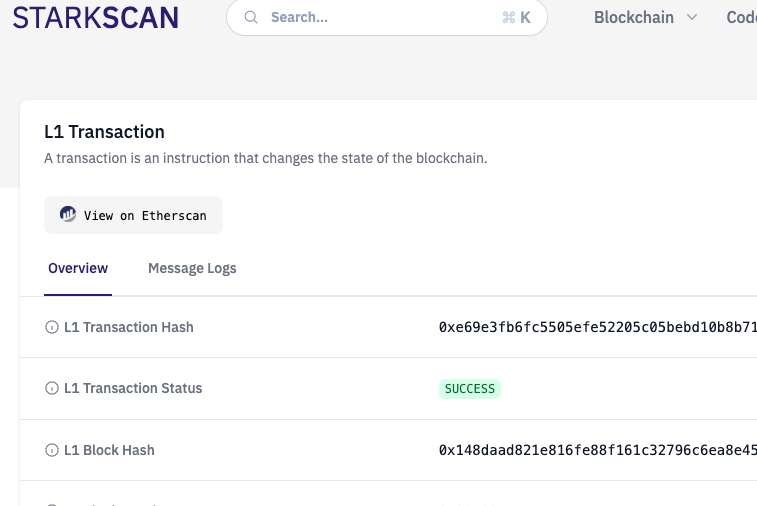
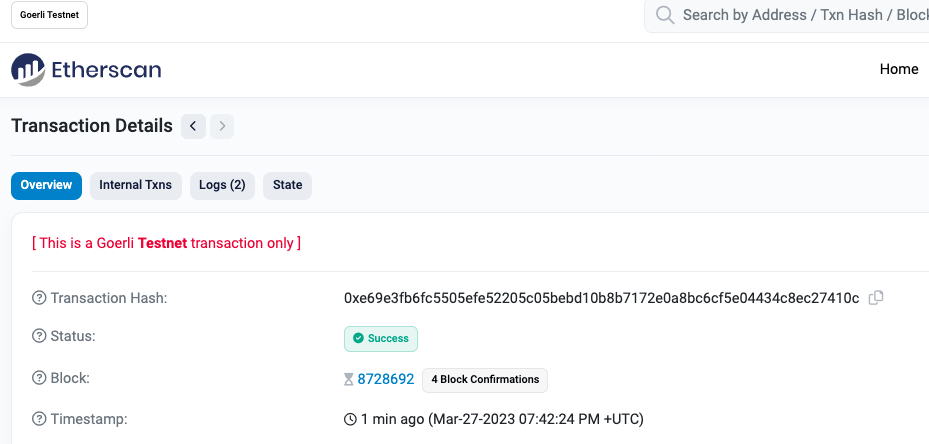
You can also check your wallet to see if the tokens have been deposited.

Another wallet you can also use is Braavos. You can download the web browser extension available on Android, iOS, Chrome, Firefox or download the app on Google Play or App Store.

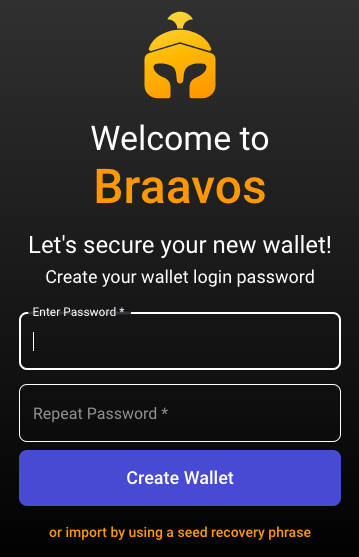

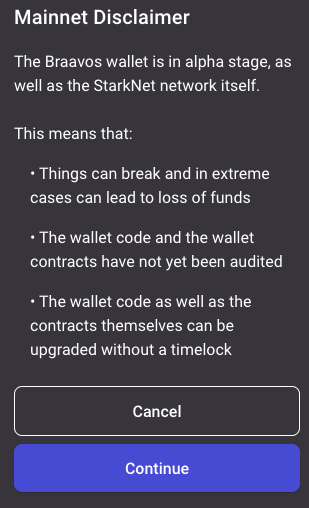

Now that your wallet has been created, you can continue to deposit funds.
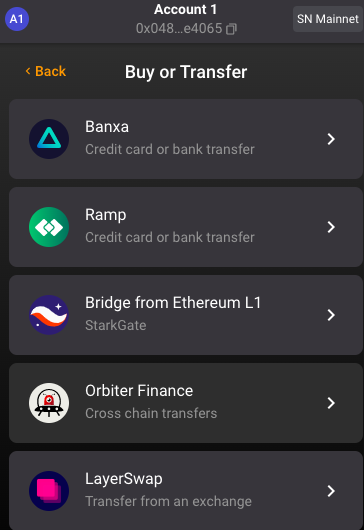
In this case we choose to bridge from Ethereum L1.
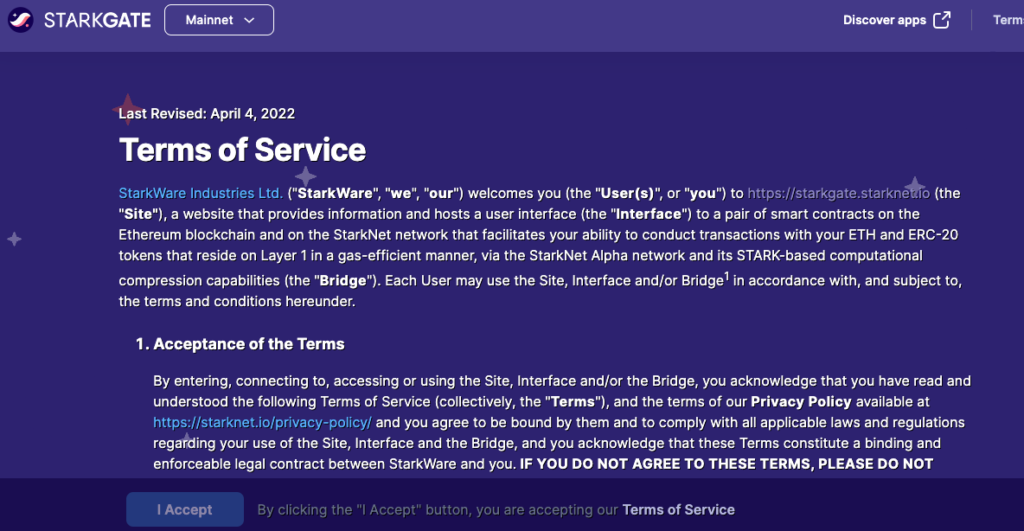
Accept the terms and conditions if you agree.
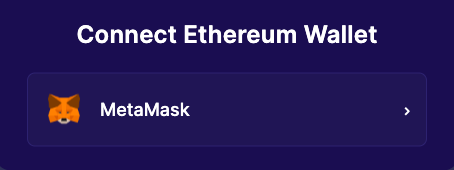
Connect your web3 wallet e.g. MetaMask from where you will be bridging the funds from.
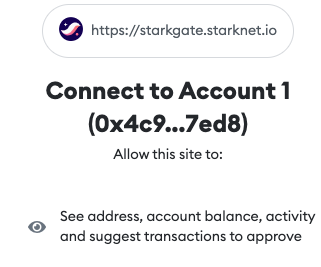
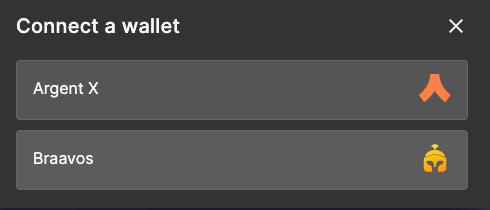
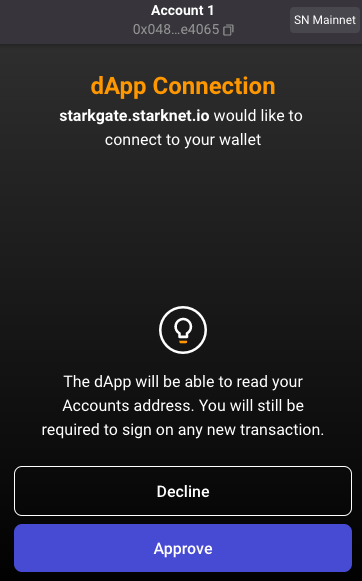
Give the dApp permission to access your wallet.

Now you can bridge funds from Ethereum to StarkNet.
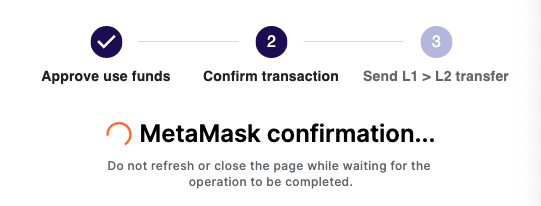
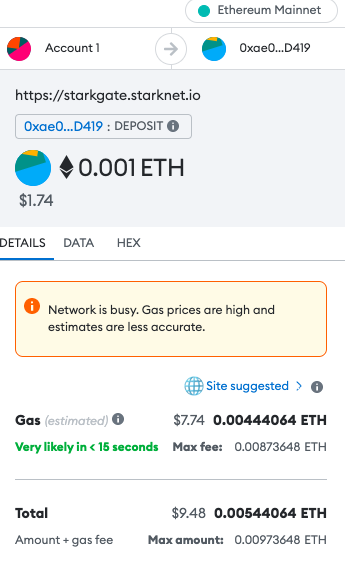
Pay the gas fees.
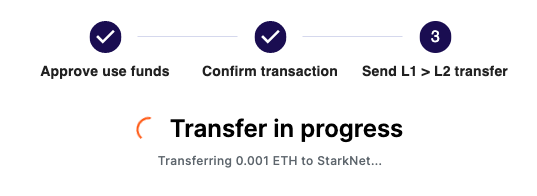
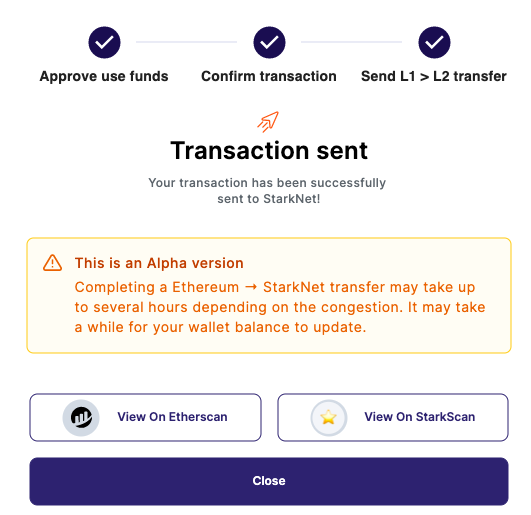
Again, you can check if the transaction has been processed on Etherscan or Starkscan.
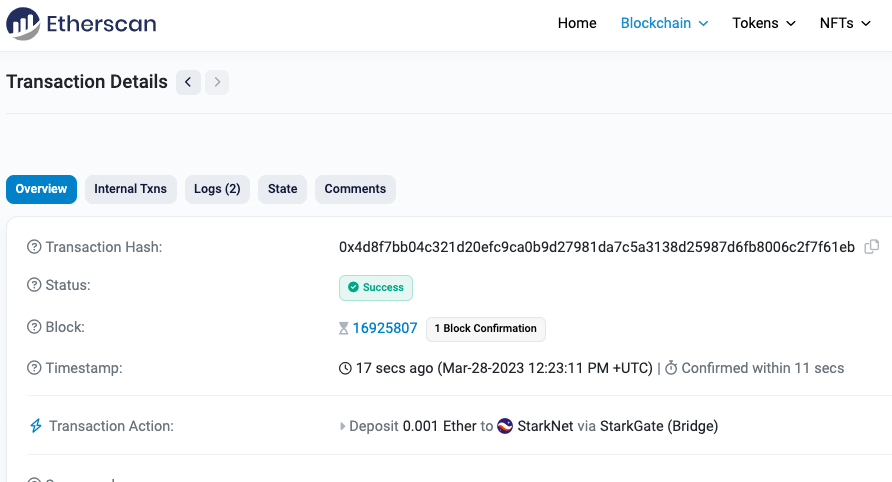

You can also check the wallet balance.
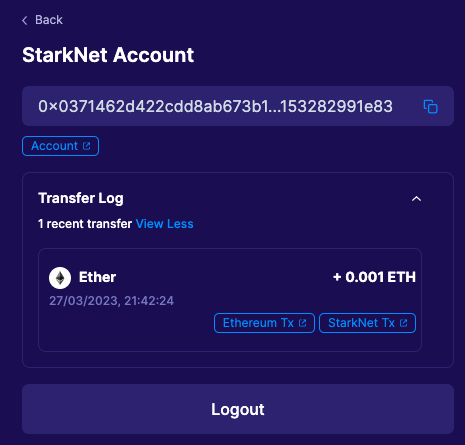
As you can see above, the funds have been bridged and are now available in the StarkNet wallet.
In order to use StarkNet network with MetaMask, you need to download MetaMask Flask.

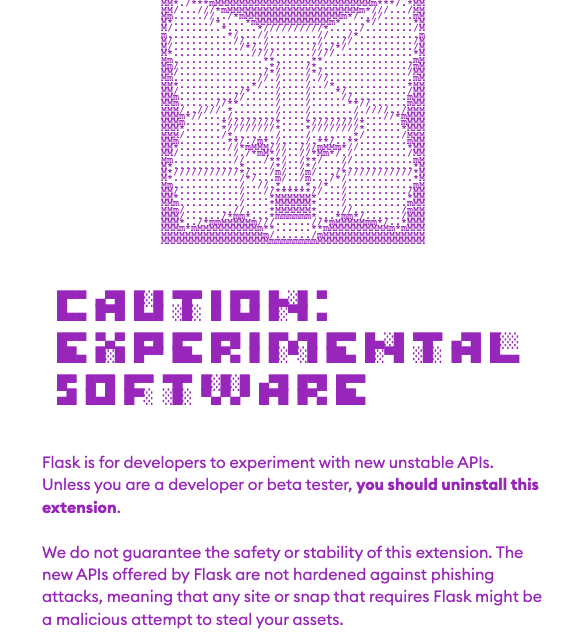
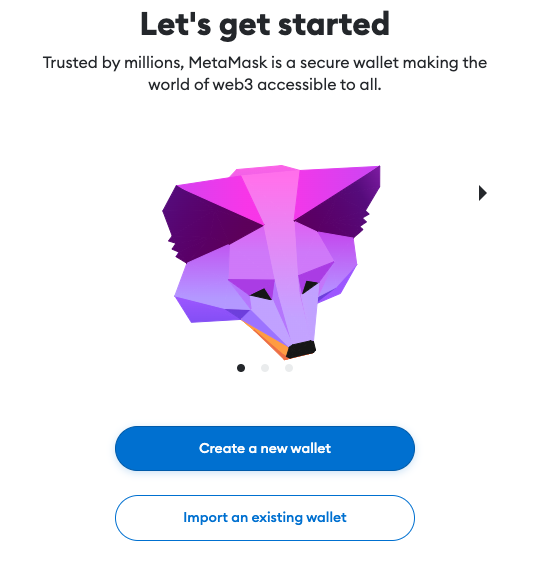
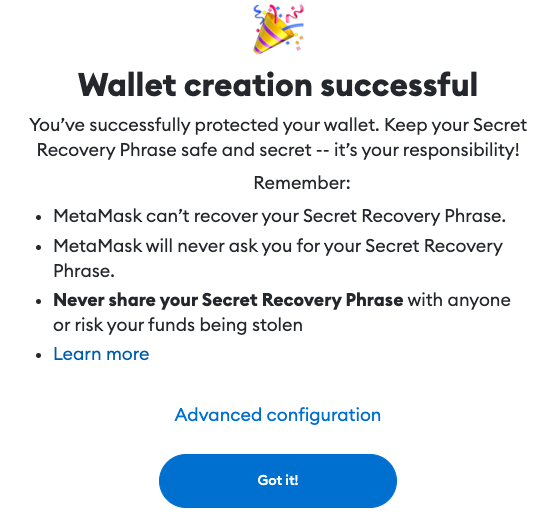
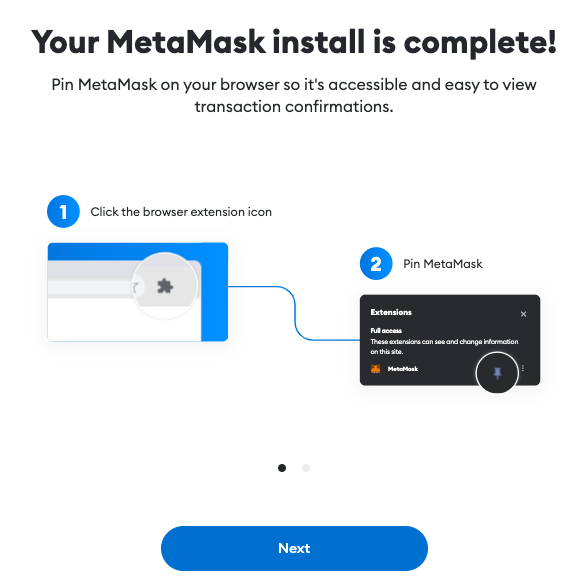
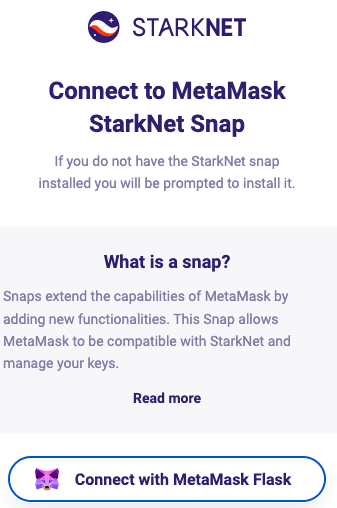
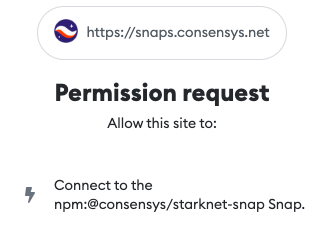
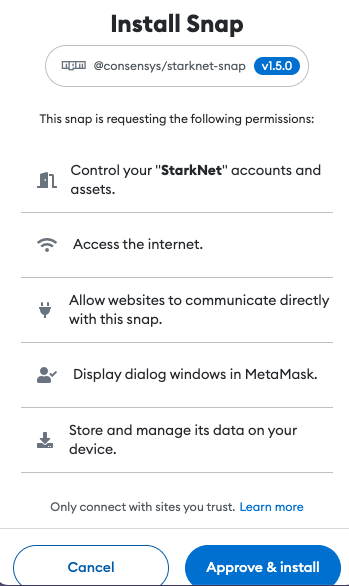
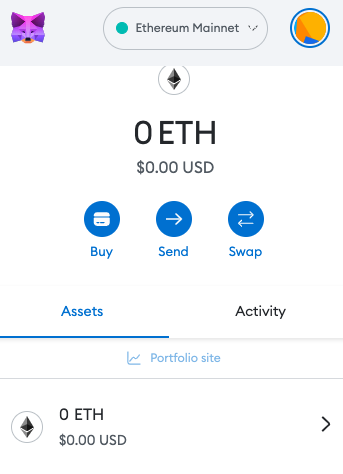
Once set up you can transfer tokens from Ethereum to StarkNet.

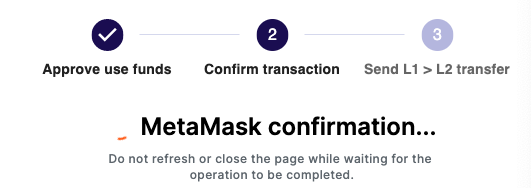

Pay the gas fee.
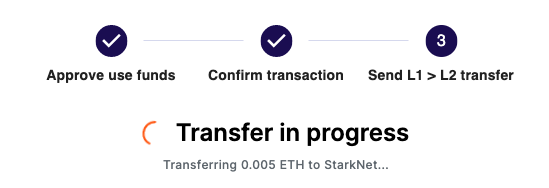

Once again, you can verify the transaction on Starkscan or Etherscan.
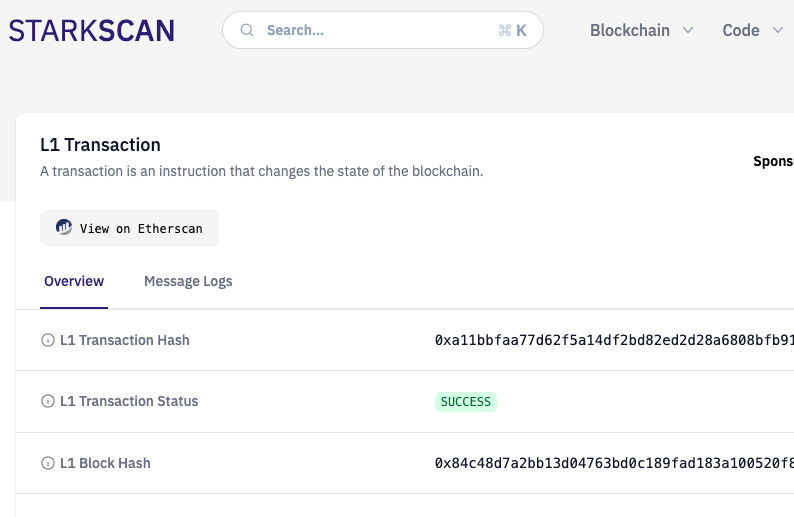
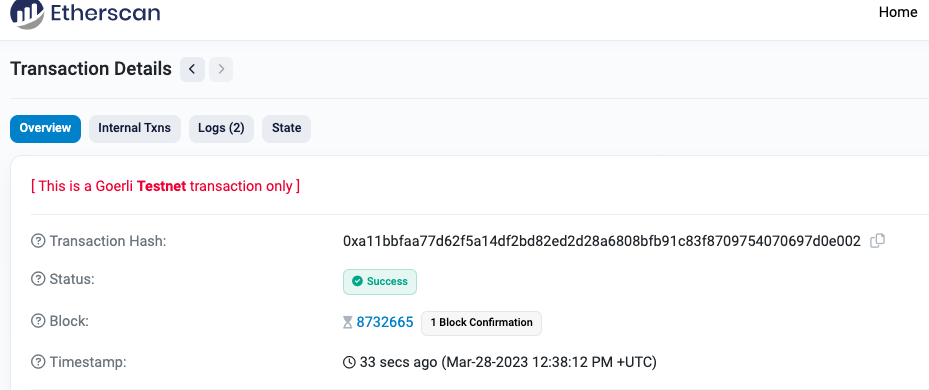
You might also want to try out some other wallets that are compatible with StarkNet such as Onto – a decentralized multichain gateway for identity and asset management.
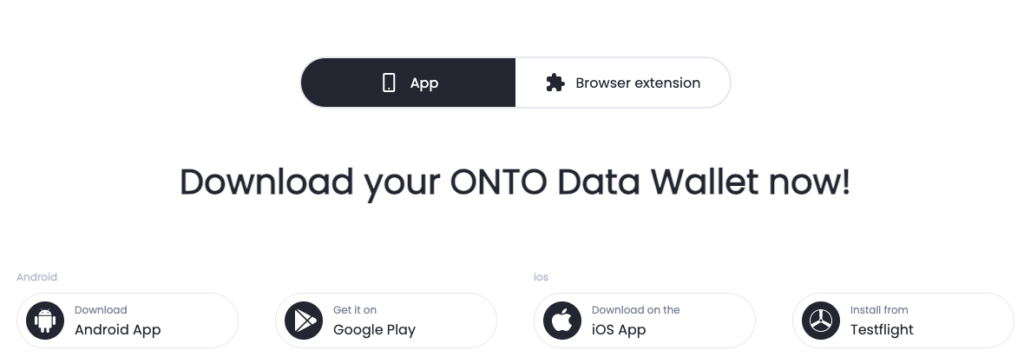
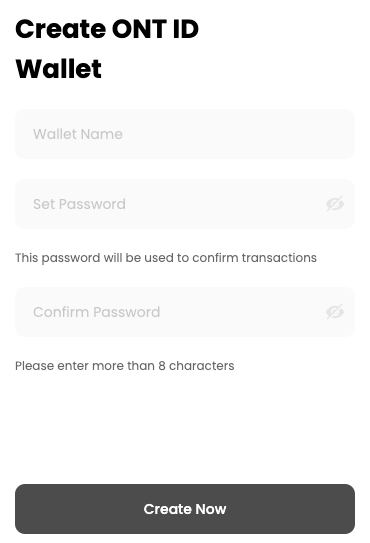

Once your wallet is set up, transfer funds from another StarkNet compatible wallet.

You can also use some exchanges that are live on Starknet e.g. dYdX wich is powered by Starkware.
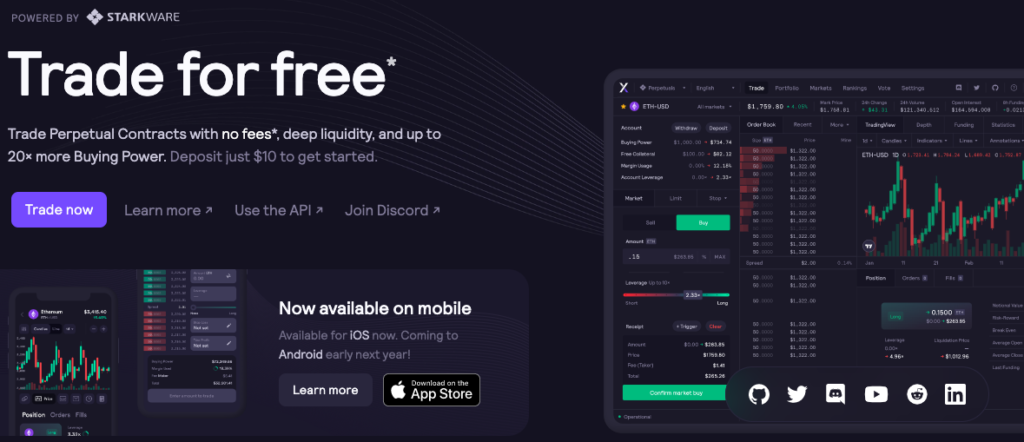


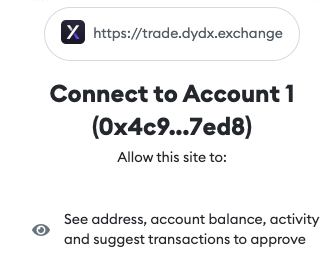

Once you sign and give the necessary permissions, you can get started with trading.
In addition, to potentially qualify for a Starknet airdrop, try using other dApps such as 10KSwap – an AMM that advances with Ethereum, deployed on StarkNet mainnet.
First, connect your Starknet wallet e.g. Braavos.
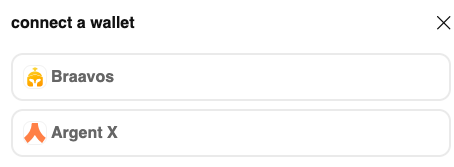
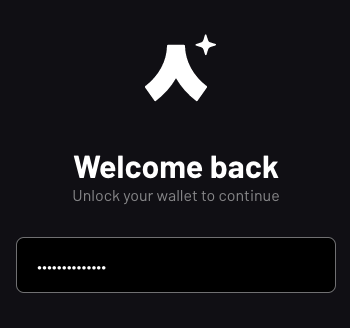

Enter your wallet’s log-in credentials.
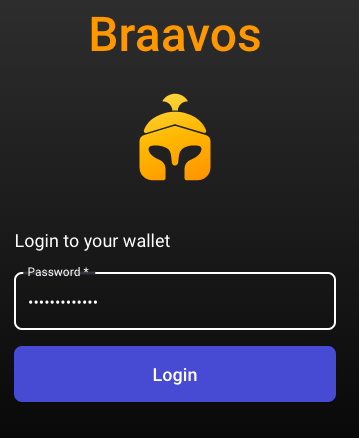
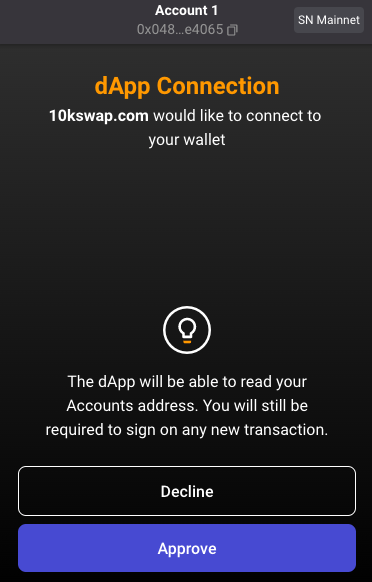
Proceed to swap.
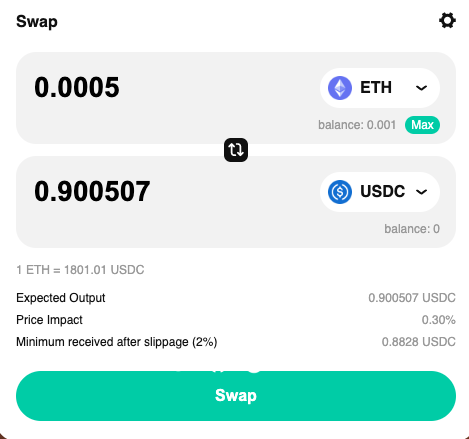
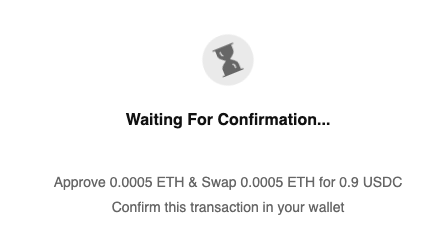
Sign your transaction.
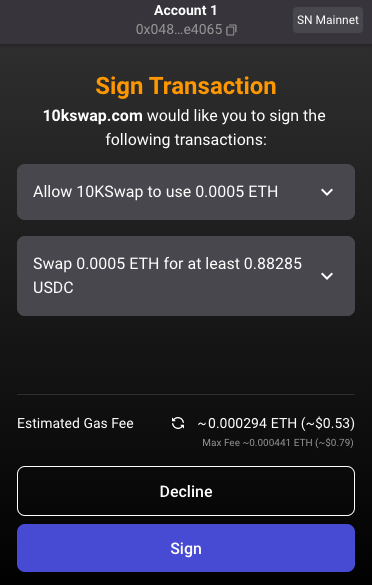
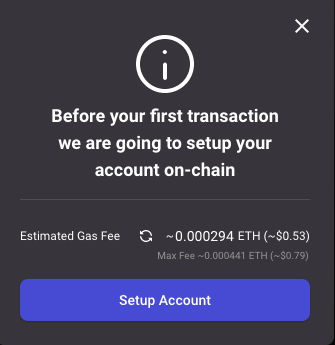
Check Starkscan to ensure your transaction has gone through.

Using Layerswap is a good way to also check out some of the top dApps using Starknet. Layerswap is a seamless solution for bridging assets across centralized exchanges, blockchains and wallets in a matter of minutes.
Currently the app enables frictionless transfers of tokens like ETH, USDC, LRC, from approx 17 exchanges to 16 networks, off-ramping from around 9 networks to CEXes, as well as cross-chain transfers.
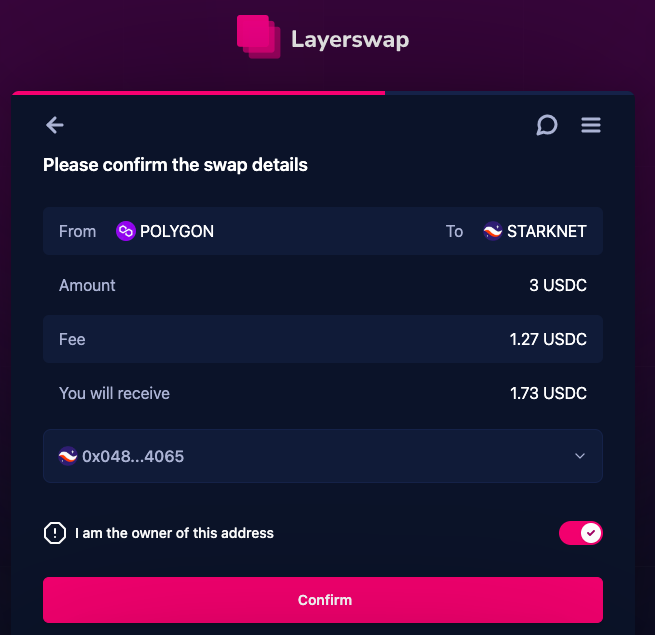
Try to bridge assets from any network to Starknet e.g. USDC from Polygon using MetaMask to bridge the assets to Braavos – a Starknet wallet, as illustrated below.
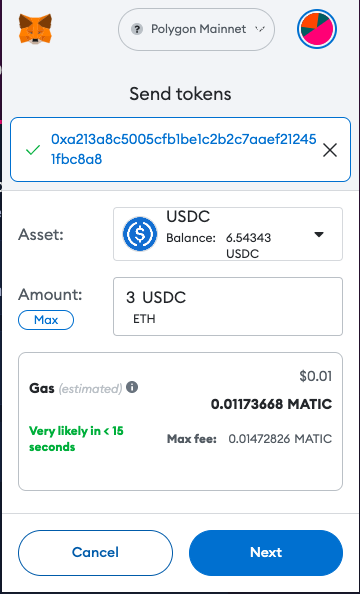

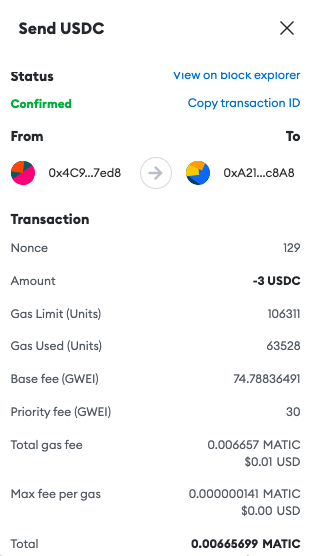
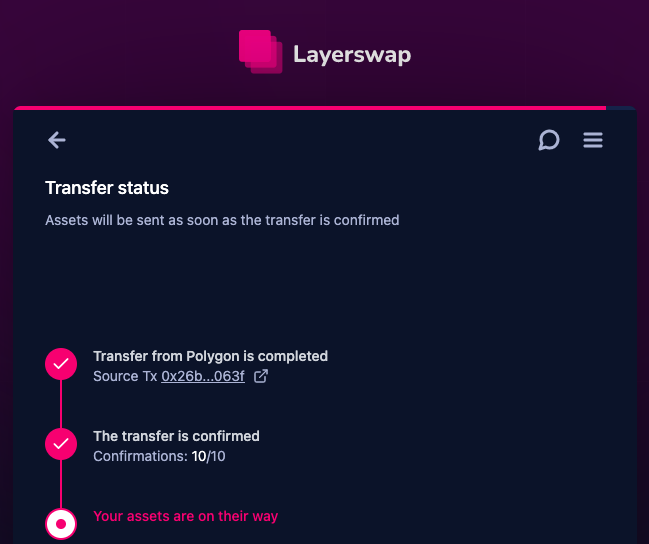
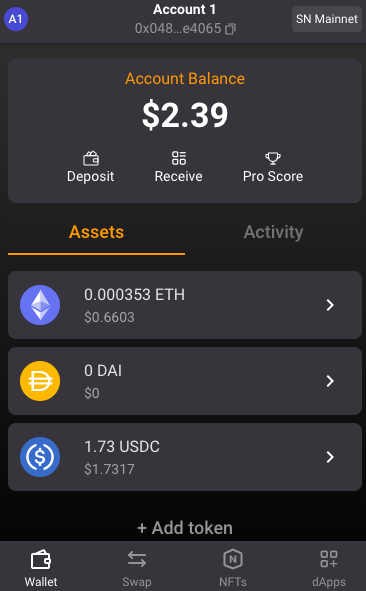
You can confirm on Layerswap that the funds have been successfully bridged as well as check your wallet balance.

Performing tasks such as these on the testnet and mainnet might make you eligible for an airdrop – if and when Starknet does make that happen. What’s nice is that the highly anticipated Starknet alpha v0.11.0 is now live on Testnet an users can now declare, deploy and run Cairo 1.0 smart contracts.
Check out reviews of other zkRoll-up solutions e.g. Scroll, Mute, ZigZag, etc.






